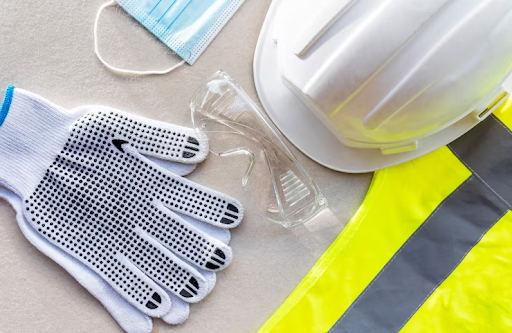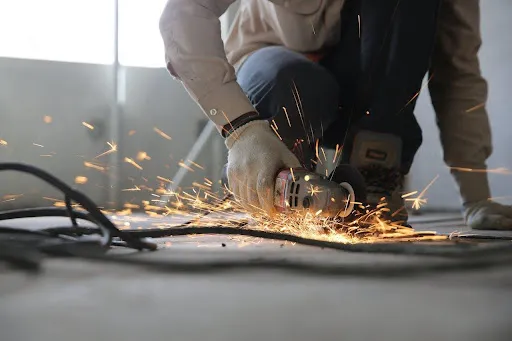Small businesses often face a variety of challenges, from managing budgets and cash flow to attracting and retaining customers. It’s simple for business owners to lose sight of the significance of workplace safety in the midst of all this. However, neglecting health and safety can have serious consequences, ranging from workplace accidents to legal and financial liabilities.
Several business owners lack the necessary knowledge or means to handle workplace safety independently. This is where workplace safety professionals play a vital role. These specialists have expertise in creating and maintaining secure working environments and can offer valuable guidance and support. If you’re a small business owner, we highly advise seeking the assistance of a workplace safety professional to guarantee that all applicable health and safety standards are met.
Now, let’s take a closer look at the top five health and safety mistakes most small businesses make:
- Failing to Conduct Regular Risk Assessments
Risk assessments are a critical component of workplace safety. A risk assessment involves identifying potential hazards in the workplace, assessing the likelihood and severity of those hazards, and taking steps to mitigate or eliminate them. Unfortunately, many small businesses fail to conduct regular risk assessments, which can leave their employees at risk of injury or illness.
To avoid this mistake, small business owners should make sure to conduct regular risk assessments, ideally on an annual basis. This can help identify potential hazards before they become a problem, and ensure that appropriate safety measures are in place to protect employees.
- Neglecting Employee Training
Another key component of workplace safety is employee training. All employees should receive training on the specific hazards and safety procedures relevant to their job, as well as general safety practices such as emergency procedures and first aid.
Unfortunately, a lot of small firms disregard employee training, either because they lack the funds to do so or because they believe their staff members are already up to speed on all necessary information. This can be a costly mistake, as untrained employees are more likely to make mistakes or have accidents.
To avoid this mistake, small business owners should prioritize employee training and ensure that all employees receive regular safety training and updates. This can help prevent accidents and injuries, and also ensure that employees feel confident and supported in their roles.
- Failing to Provide Adequate Safety Equipment

Safety equipment is essential for protecting employees from workplace hazards. This can include everything from hard hats and safety glasses to gloves, respirators, and safety harnesses. Sadly, a lot of small firms don’t offer enough safety equipment, either because they don’t have the money or because they don’t see the need for it.
Small business owners must make sure that their staff have access to all necessary safety equipment and that it is regularly maintained and replaced as needed in order to avoid making this error. This can help prevent accidents and injuries, and also demonstrate a commitment to workplace safety.
- Ignoring Ergonomics
Ergonomics refers to the study of how people interact with their work environment, and how to design workspaces and equipment to minimize the risk of injury or strain. Ignoring ergonomics is a common mistake among small businesses, who may not realize the impact that poor ergonomics can have on employee health and safety.
To avoid this mistake, small business owners should prioritize ergonomic design in their workplaces, and take steps to ensure that employees are working in safe and comfortable conditions. This can include everything from adjustable chairs and desks to proper lighting and ventilation.
- Failing to Implement a Safety Plan
Finally, many small businesses fail to have a comprehensive safety plan in place. A safety plan should outline all of the specific safety procedures and protocols relevant to a particular workplace, including emergency procedures, first aid, and hazard mitigation strategies. Without a safety plan, staff members might not know what to do in an emergency, increasing the risk of accidents and injuries.
To avoid this mistake, small business owners should create a detailed safety plan, and make sure that all employees are trained on the procedures outlined in the plan. It’s also important to review and update the safety plan regularly, to ensure that it remains relevant and effective.
In conclusion, workplace safety is a critical issue that should not be overlooked by small business owners. Neglecting health and safety can have serious consequences, both for employees and for the business as a whole. By avoiding the top five health and safety mistakes discussed in this post, and working with workplace safety professionals to ensure that all relevant safety requirements are met, small business owners can create safe and healthy workplaces that benefit everyone involved. Remember, workplace safety is not just a legal requirement – it’s also the right thing to do.





